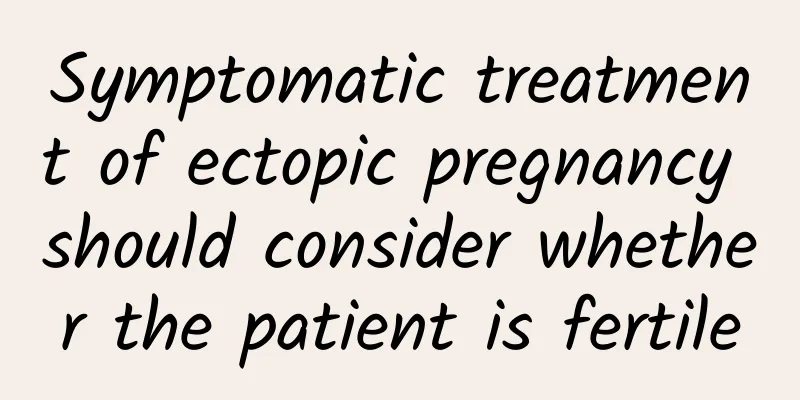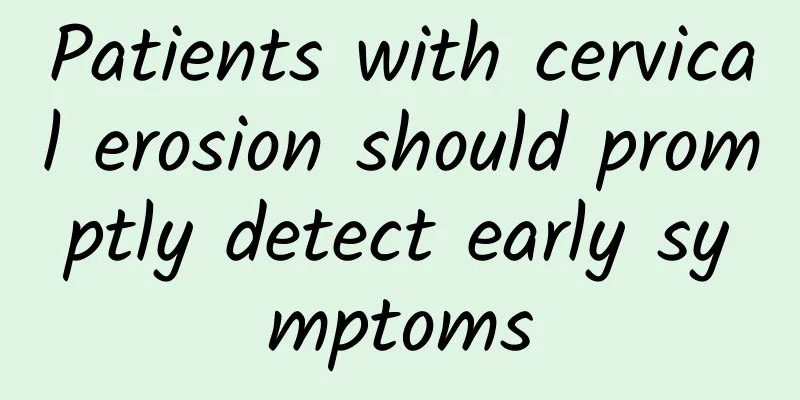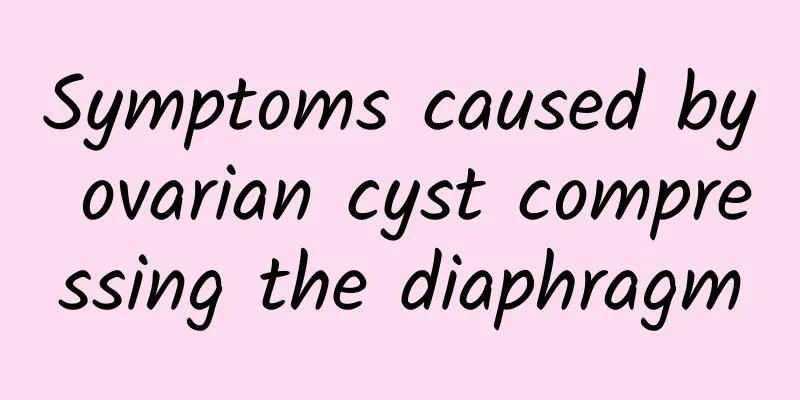Symptomatic treatment of ectopic pregnancy should consider whether the patient is fertile

|
Treatment of ectopic pregnancy should be based on comprehensive consideration of various factors such as the patient's own symptoms and whether there is a desire to have children, and a corresponding treatment plan should be formulated. 1. Symptomatic treatment If a patient with ectopic pregnancy has severe internal bleeding and combined symptoms of shock, the first thing to do is to actively correct the shock and replenish blood volume. Then, surgical treatment should be performed in a timely manner. A laparotomy should be performed to remove the diseased fallopian tube, clamp its mesentery with an instrument, quickly control the bleeding, and increase the amount of infusion to increase blood pressure in a short time to ensure the smooth progress of the operation. 2. Treatment of patients who want to have children If the patient is young and has fertility requirements, conservative conventional salpingectomy can be selected for treatment. According to the location of the fertilized egg implantation, the embryo in the fallopian tube can be removed. There are three ways to remove the embryo, namely, cutting the fallopian tube to directly remove the embryo and then suturing it locally; opening the fallopian tube to remove the embryo after electrocoagulation and hemostasis; and squeezing the fallopian tube umbrella to remove the embryo. It should be noted that no matter which method is used to remove the embryo, the purpose is to preserve the function of the fallopian tube, and careful observation should be made during the operation, and attention should be paid to monitoring the patient's vital signs and abdominal condition after the operation. In addition, the patient's blood human chorionic gonadotropin decline should be rechecked 24 hours, 72 hours and on the 7th day after the operation. If it does not gradually return to normal, methotrexate or traditional Chinese medicine should be used as an auxiliary treatment to prevent the occurrence of persistent ectopic pregnancy. |
<<: Menstrual health exercises can effectively relieve dysmenorrhea
>>: Different pathogens of pelvic inflammatory disease have different transmission routes
Recommend
Get rid of bad cholesterol! Nutritionists teach you how to eat the right oils to protect your heart
Eating the wrong food is very sad! Modern people ...
Is 17mm of endometrium too thick before menstruation?
The endometrium is generally not too thick at 17m...
Clinical manifestations of ectopic pregnancy that women should pay attention to
Ectopic pregnancy is a common female disease, and...
What are the dietary taboos for dysmenorrhea?
When dysmenorrhea occurs, you should avoid eating...
Get rid of fat thigh meat and lift your buttocks with 5 elastic bands
Girls' fat thighs will be exposed as soon as ...
What should you pay attention to in your diet if you are diagnosed with cervical erosion? 7 things to pay attention to in your diet for patients with cervical erosion
In modern society, there are more and more patien...
How long does an abortion take?
How long does an abortion take? Abortion is divid...
How much does it cost to check for threatened miscarriage?
How much does it usually cost to check for threat...
What are the symptoms of cervicitis?
What are the main symptoms of cervicitis? Cervici...
What items should be reviewed after abortion?
Generally speaking, abortion refers to artificial...
Which gynecological hospital in Xi'an is good?
Which gynecological hospital in Xi'an is good...
Get moving! 110,000 people in Taipei City shed 135 tons of meat
The National Healthy Weight Management Competitio...
Pelvic inflammatory disease in women is mainly caused by infection
In our lives, everyone should know about pelvic i...
Beautiful back in 1 minute! Correct your posture by doing the anti-cellulite towel exercise
In the past, when we mentioned hunchbacks, we wou...
Irregular menstruation is usually a symptom of obvious adnexitis.
Irregular menstruation is usually an obvious symp...









